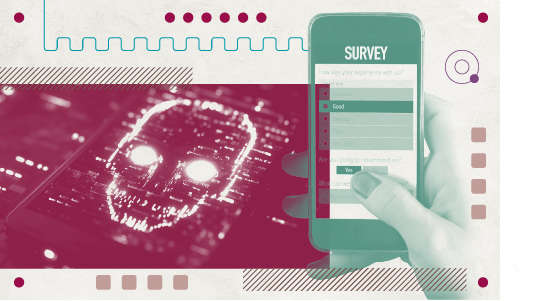OIT News
When is an Online Survey at Risk for Bot or Fraudulent Responses?

One of the main concerns when collecting data using online surveys is that your survey is only completed by your targeted audience and that it does not collect fraudulent responses or get picked up by bots. While, in some cases, it is impossible to completely prevent fraudulent responses, there are ways to reduce the risk and increase the ability to identify bad data. Risk is based on the type of link used, method of distribution, and compensation availability. Below is an overview of types of surveys and their generalized level of risk.
|
LOW |
The survey is distributed to a defined list of email addresses using the Qualtrics mailer, with or without an offer of compensation. |
|
LOW |
The survey uses an anonymous link with SSO authentication and is shared with UT faculty, students, or staff, with or without an offer of compensation. |
|
LOW to MODERATE |
The survey uses an anonymous link with screening questions and is shared to a distribution list or posted on social media with no offer of compensation. |
|
MODERATE |
The survey uses an anonymous link with screening questions and is shared to a distribution list or posted on social media with an offer of compensation in the form of an entry into a drawing. |
|
HIGH |
The survey uses an anonymous link with screening questions and is shared to a distribution list or posted to social media with an offer of compensation for each completed response. |
As the ability to confirm the eligibility of your respondent decreases, the risk of fraudulent responses increases. It is imperative to find ways of vetting your respondents prior to sharing the survey or establishing the validity of the data after it has been collected, especially when offering compensation. As each survey is unique, it is recommended that you meet with RCS prior to distributing surveys that have a moderate to high risk of fraudulent responses.
To request an appointment with RCS, contact the OIT HelpDesk online or call (865) 974-9900.

 Explore
Explore Write
Write Chat
Chat Call
Call